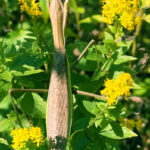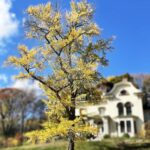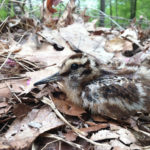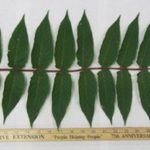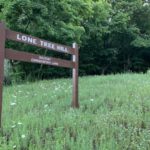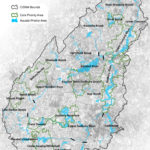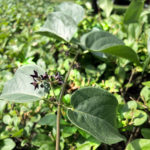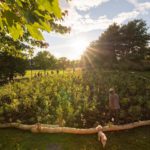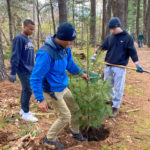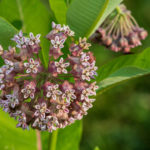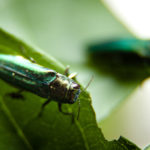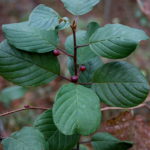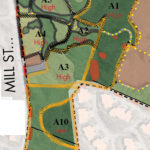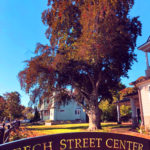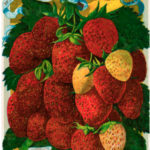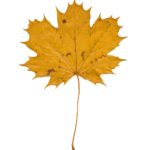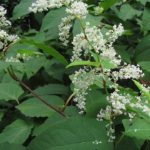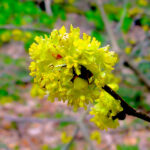
By Meg Muckenhoupt May is the peak of spring migration season in Massachusetts, and thousands of birds are landing in Belmont. (You can even get radar reports on which birds are arriving overnight on birdcast.info.) But what will these birds do when they get here? Will they find the resources they need to survive, raise young, and embark on fall migrations next September? The answer may depend on what’s growing around Belmont—and a lot of what’s growing around Belmont is invasive plants. Plants change birds’ lives North American birds evolved with native plants. Most bird-lovers know that different types of [READ MORE]


